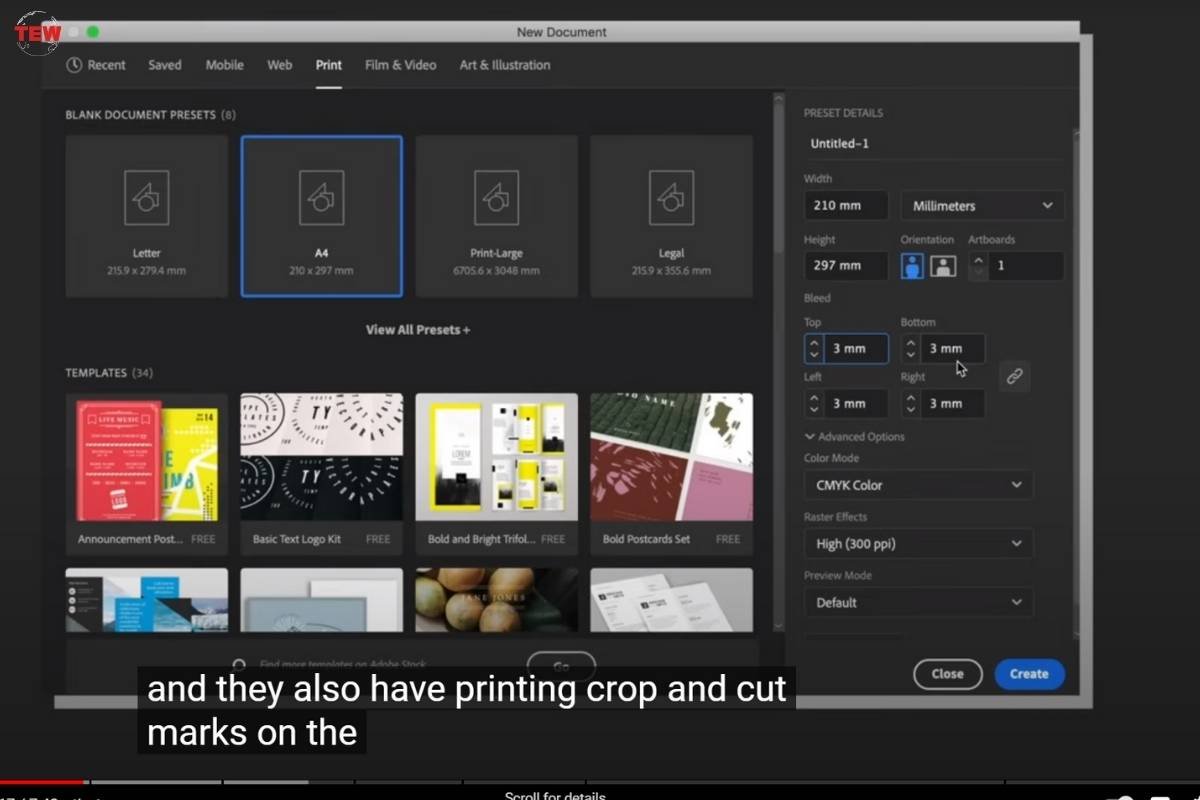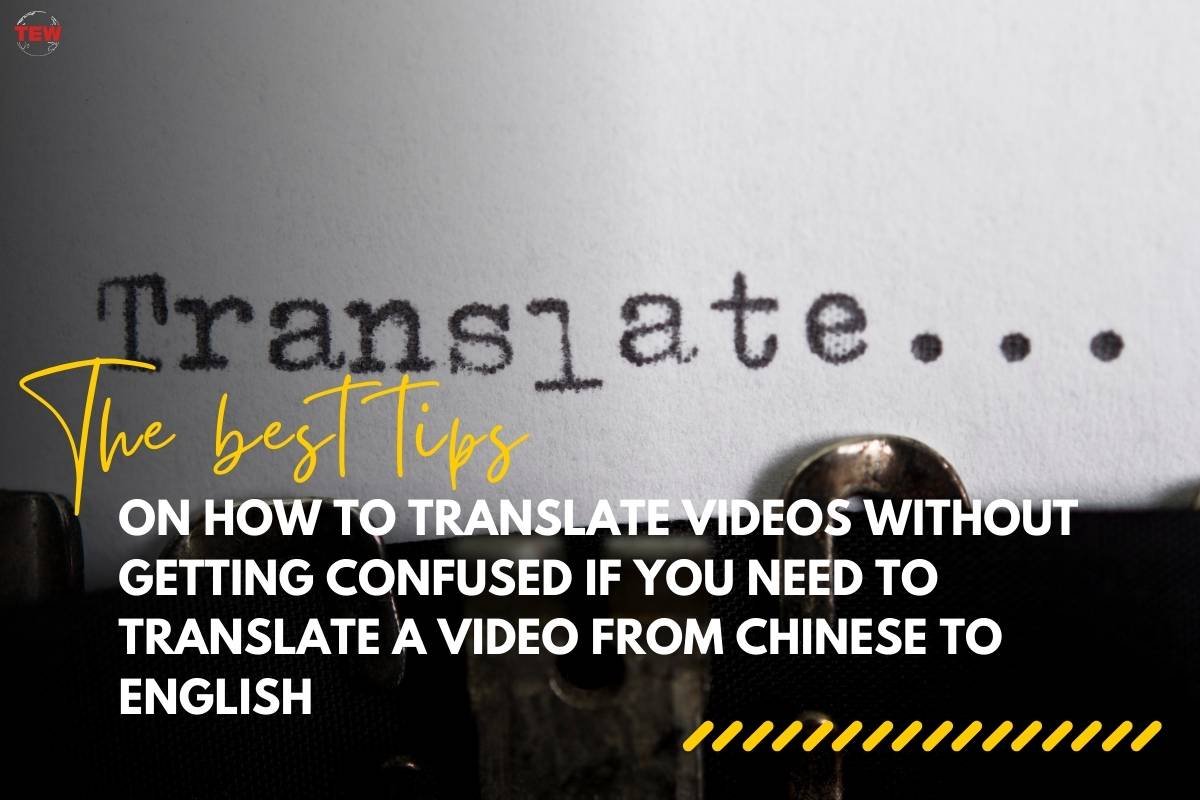Translating a video can be a challenging task, but it’s also an important one. After all, we spend so much time watching YouTube and other streaming sites that it’s not always easy to understand everything that’s being said. As a translator myself, I know how frustrating it can be when your entire workday is spent searching for ways to translate videos from Chinese into English but with the right tools and techniques, you can make things easier on yourself!
Translation videos require many techniques
It can be quite difficult how to translate a video from Chinese to English. There are many different types of videos, and each one requires different techniques for translating a video. Some videos require more than one translation technique. It is important to understand the target audience and the message you are trying to convey in order to choose which type of translation method is best suited for your needs.

The first thing to do when translating a video is to know your target audience. This means knowing what they like and don’t like, what they understand and don’t understand, and so on.
For example: If you’re translating a video that is Chinese for an American audience that likes action movies with explosions, car chases and fight scenes, then it would be best if you translated all of those parts into English because that’s what Americans expect from their action movies.
Conversely, if your target audience doesn’t like those things then you should leave them out or change them around so that they fit better with the rest of the storyline (if possible).
Remember cultural differences
It’s important to remember that cultural differences can be a big challenge. For example, the Chinese word for “thank you” is different from the English word. If you don’t know this and think that it’s just another way of saying “thank you,” then your translation will not be accurate. To avoid mistakes like this one when translating a videos from Chinese into English or any other language, make sure to do some research on common phrases used in China before starting your project!

Use subtitles to help you understand the video better
It’s important to understand a video and its context. Subtitles can help you do that by providing additional information about what is being said in the video. For example, if there are multiple people speaking at once or if someone uses slang terms that aren’t commonly used in your language (such as “like” or “you know”), subtitles will help clarify what they mean.
Subtitles also help viewers get an understanding of how someone is feeling while they’re talking this can be especially useful when translating Chinese videos because Chinese culture places great importance on tone and mood when communicating with others! If something sounds angry or sarcastic in Chinese but isn’t properly conveyed through body language alone (because it was filmed indoors), then having subtitles will allow viewers around the world who aren’t familiar with this aspect of Chinese culture access insight into how speakers feel during different parts of their conversation/interaction.
If you want your translation to be perfect, it’s important to get a native speaker to check it. Native speakers will know what is correct and incorrect, as well as if the words you are using are appropriate for the context of the video.

You can also ask them if they can find any mistakes in your translation so that you can make corrections before publishing it online or sharing with others who may not speak Chinese as their first language.
Translating a video can be tricky, but there are ways to do it well
The first thing you need to do is make sure that you have all the necessary information about your source text and target audience. If you don’t know where or who watched the video, then how will you know if they were able to understand what was being said?
The next step is knowing how much context matters when translating a video into another language. In some cases, having too much information could actually be bad because it might distract from what’s being said in the video itself (for example: if someone was talking about their vacation). On the other hand, having no context at all isn’t ideal either because then there would be no way of knowing if something was funny or serious unless they specifically stated those things themselves beforehand (and even then sometimes people don’t always say exactly what we want them too).
Translating a video is a great way to practice your language skills and gain experience as a translator. However, it can be challenging to understand the context of what the speaker is saying, especially if there are no subtitles or captions available in English.




